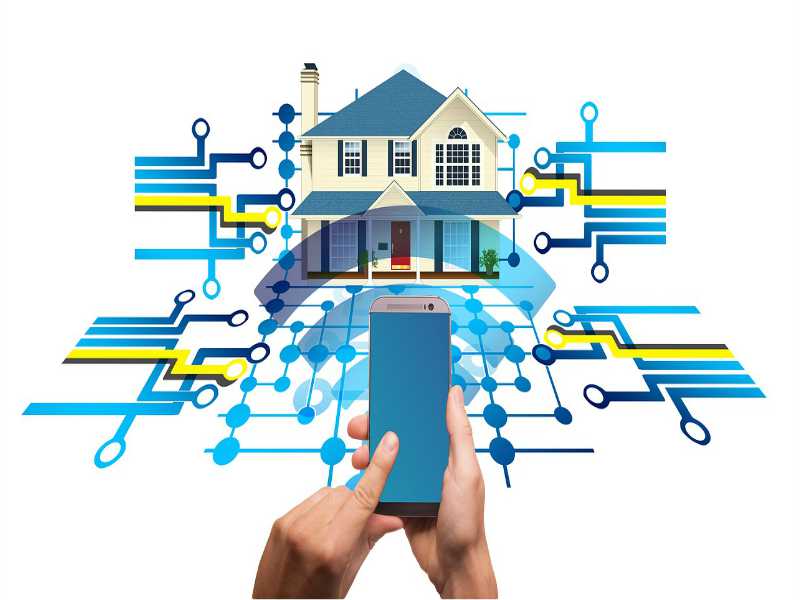The Internet of Things (IoT) has revolutionized the way we interact with technology in our homes. With the proliferation of connected devices, smart homes are becoming more prevalent and more accessible than ever before. In this article, we will explore how IoT solutions can create smart homes that offer convenience, energy efficiency, and improved security.

Heading 1: Introduction
IoT solutions involve connecting devices and sensors to the internet to collect and exchange data. In the context of smart homes, this means connecting appliances, lighting, heating and cooling systems, security cameras, and other devices to a network that can be controlled and monitored from a central location. By using IoT solutions, homeowners can automate and optimize their homes for convenience, comfort, and energy efficiency.
Heading 2: Benefits of IoT Solutions for Smart Homes
There are several benefits of using IoT solutions for smart homes, including:
- Convenience: By using IoT solutions, homeowners can automate routine tasks such as turning on lights and adjusting the thermostat, freeing up time and reducing stress.
- Energy Efficiency: IoT solutions can optimize energy usage by adjusting heating and cooling systems based on occupancy and weather conditions, as well as monitoring energy usage and identifying areas for improvement.
- Improved Security: IoT solutions can enhance home security by connecting security cameras and sensors to a central monitoring system that can alert homeowners to potential threats.
Heading 3: Key IoT Solutions for Smart Homes
When creating a smart home with IoT solutions, there are several key technologies to consider, including:
- Smart Thermostats: Smart thermostats can adjust heating and cooling systems based on occupancy and weather conditions, reducing energy usage and improving comfort.
- Smart Lighting: Smart lighting systems can be controlled remotely and programmed to adjust brightness and color temperature based on time of day and occupancy, reducing energy usage and enhancing comfort.
- Home Automation Systems: Home automation systems can control a range of devices, including appliances, lighting, and security systems, enabling homeowners to automate routine tasks and optimize energy usage.
- Security Cameras and Sensors: Security cameras and sensors can detect potential threats and alert homeowners to potential security breaches, enhancing home security and peace of mind.
Heading 4: Case Study – IoT Solutions in Action
One example of IoT solutions in action is Nest, a leading provider of smart home technology. Nest offers a range of products, including smart thermostats, security cameras, and smoke detectors, that can be connected to a central monitoring system that can be controlled remotely through a smartphone app. By using IoT solutions, Nest has been able to offer homeowners improved convenience, energy efficiency, and security.
Heading 5: Conclusion
IoT solutions have transformed the way we interact with our homes, offering convenience, energy efficiency, and improved security. When creating a smart home with IoT solutions, homeowners should consider key technologies such as smart thermostats, lighting systems, home automation systems, and security cameras and sensors. By taking advantage of these technologies, homeowners can create a more comfortable, energy-efficient, and secure home environment. As IoT solutions continue to evolve and become more accessible, we can expect smart homes to become even more prevalent and integral to our daily lives.
